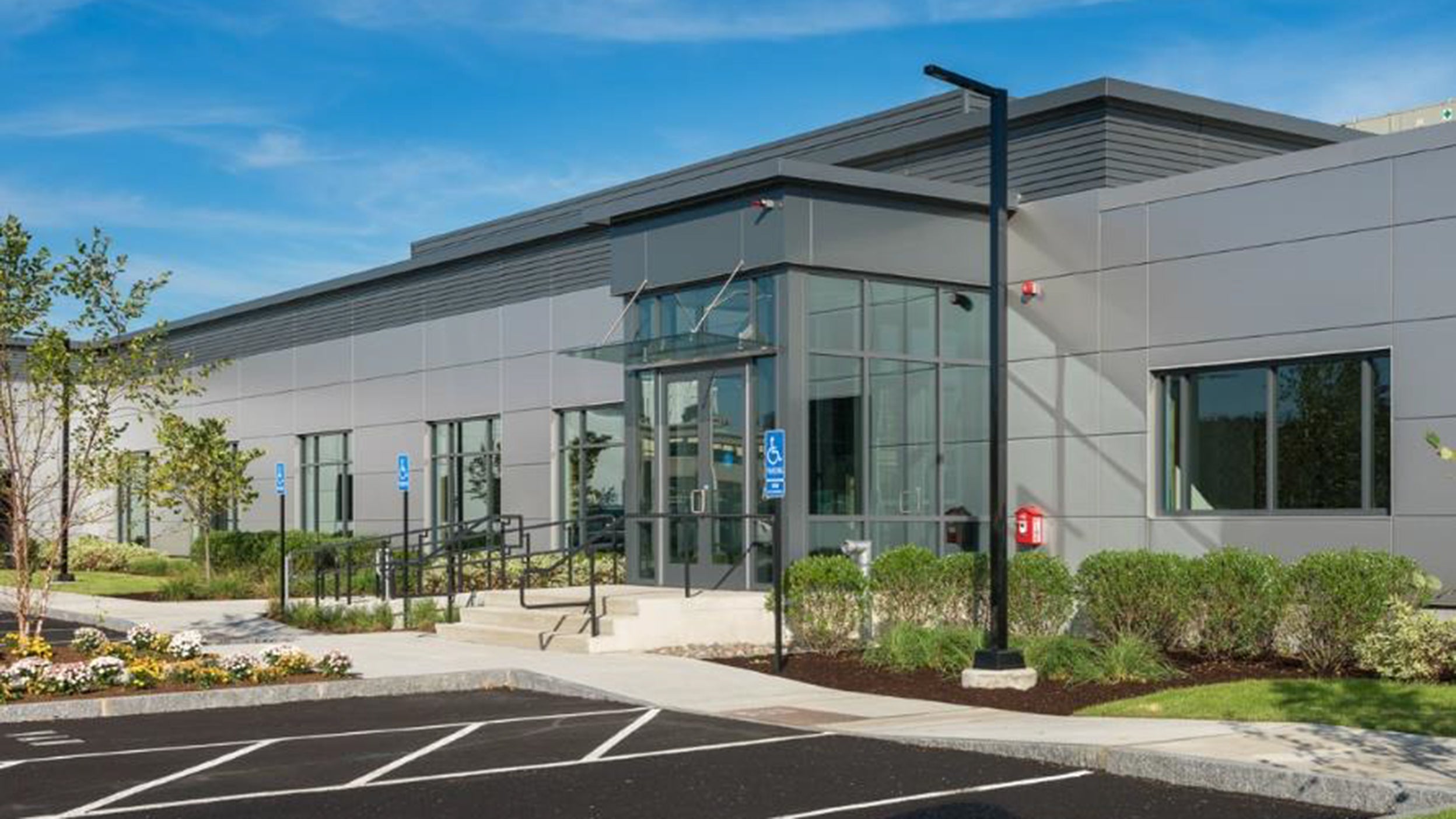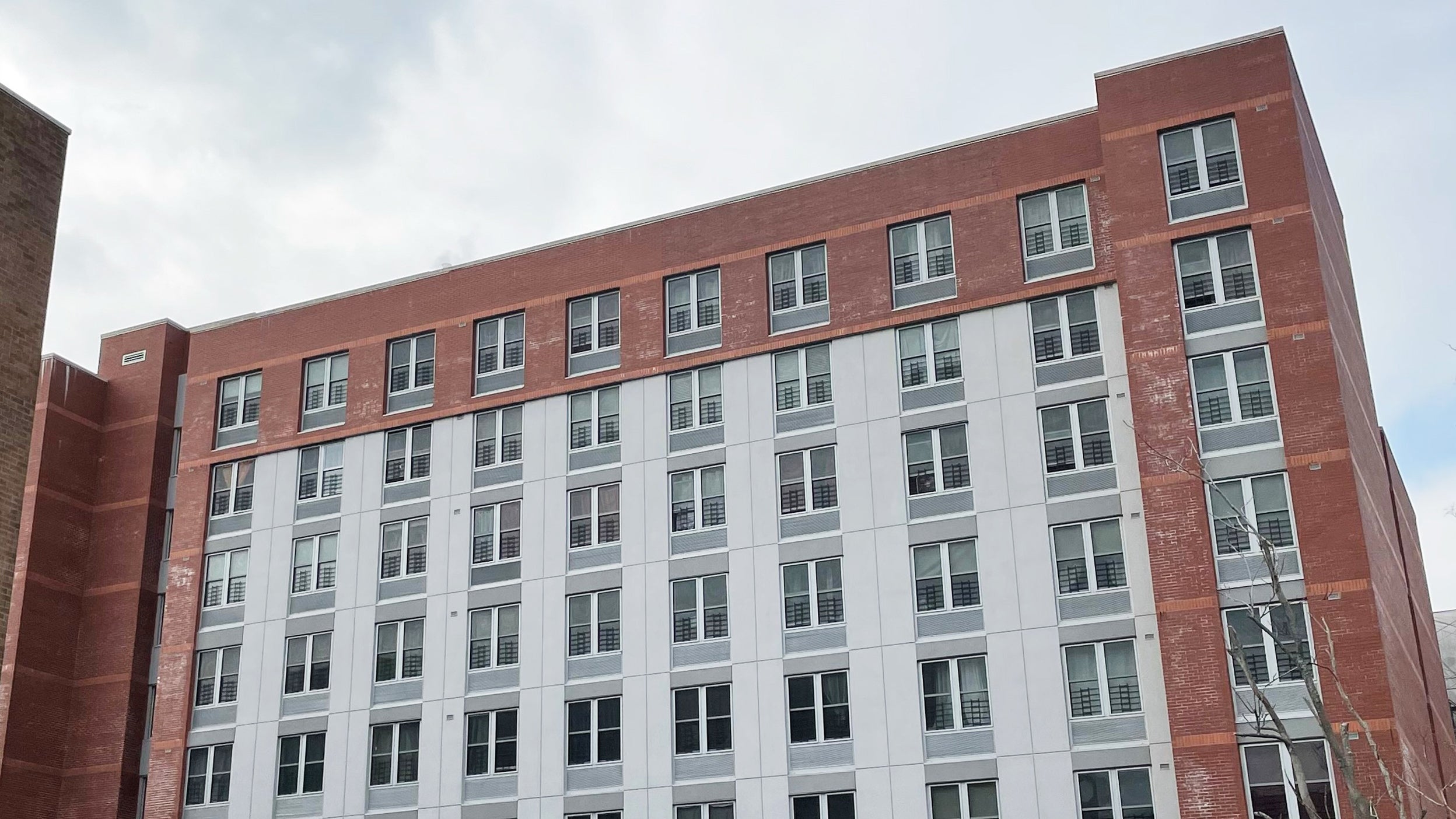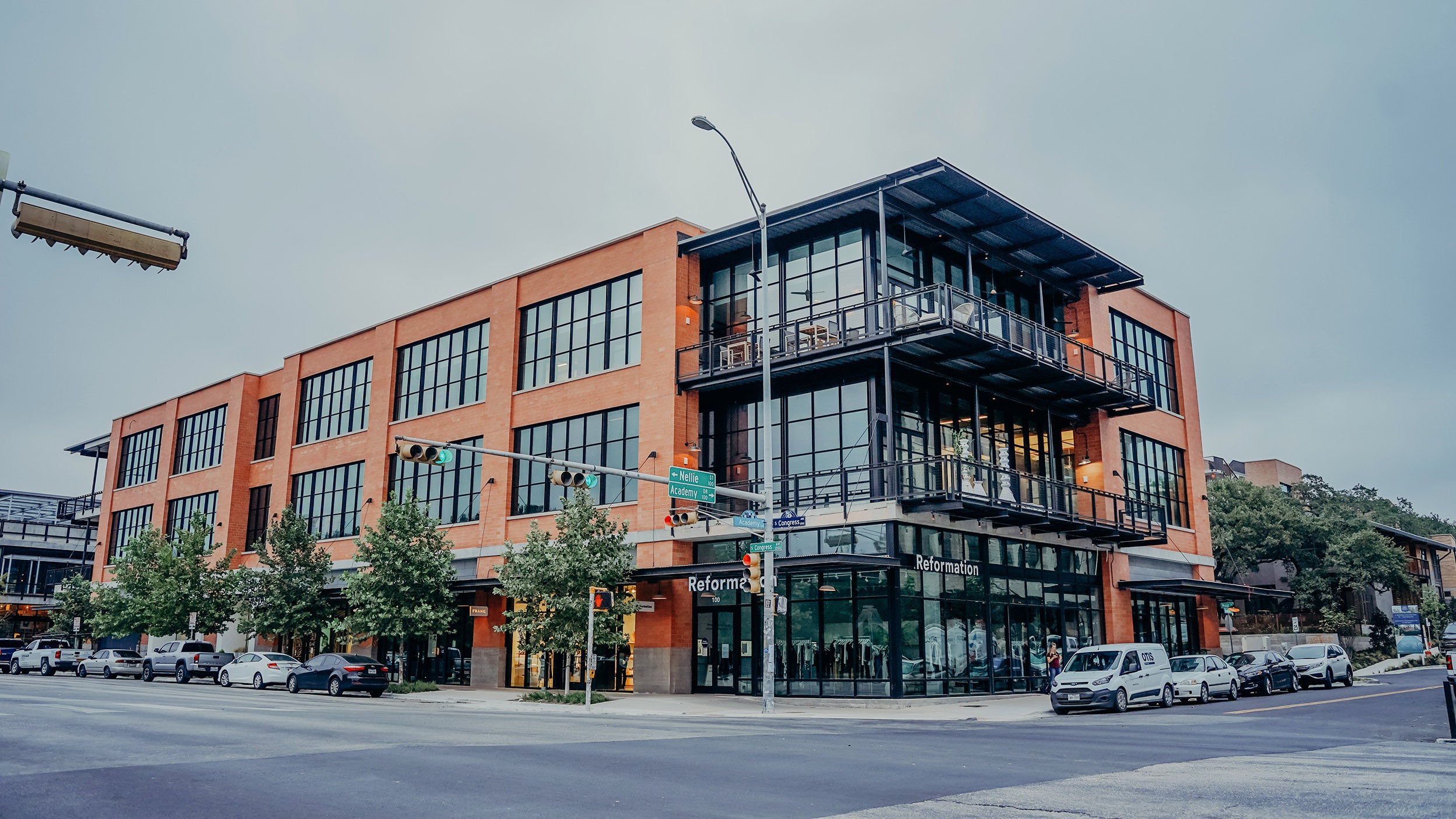
$91B+ AUM
Our team manages over $91 billion real estate assets globally across the public and private sectors1
40+ yrs of investing experience
Invesco Real Estate (IRE) has over four decades of experience in real estate investing1
586+ dedicated professionals
IRE has over 586 real estate professionals across 21 global offices in competitive local markets1
Data-driven ideas powered by experience
Navigating the risks and opportunities of a diverse and nuanced asset class requires deep and varied experience through multiple market cycles. IRE has more than 40 years of expertise building data-driven global real estate investment programs and funds that may benefit investors.
Investing pioneers
We have led the market expanding into new sectors and geographies, launched new vehicles to meet investors’ evolving needs, and strategically expanded our global team. Our focus has always been rooted in our ability to illuminate opportunities for our clients by identifying emerging themes, seeking strong risk-adjusted returns, and provide differentiated portfolio exposure.
Real estate capabilities
We constantly leverage proprietary data and analytics to identify emerging themes, risks and ideas across the global opportunity set that requires viewing the asset class from every possible angle. Our multi-dimensional view of real estate across the capital structure, sectors and regions helps us create innovative solutions across the risk-return spectrum.
Direct real estate
Investing in physical properties—across traditional and nontraditional sectors—may allow investors to generate income and build wealth. Invesco Real Estate can help diversify client portfolios.
Core real estate refers to high-quality, low-risk investment properties, typically located in prime locations with stable cash flows and long-term lease agreements. Our flagship core strategies are market-leading throughout the US, Asia Pacific, and Europe. Globally, we offer diversified portfolios of high-quality assets, with a focus on potential durable, growing income and strong appreciation characteristics over time.
A value-add strategy in real estate involves acquiring properties that are believed to have untapped potential and making improvements designed to enhance their value and income-generating capabilities. This can include a range of actions, from cosmetic upgrades to significant renovations or repurposing underutilized spaces.
Opportunistic investing in real estate is a strategy that focuses on acquiring properties with significant potential for value enhancement, often involving higher risks and the possibility of substantial returns. This approach typically targets distressed or underperforming assets that require substantial renovations, repositioning, or redevelopment.
Real estate credit refers to investments in debt instruments secured by real estate assets. This strategy involves providing capital to real estate sponsors or operators, typically in the form of loans, to finance property acquisitions, developments, or renovations.
Listed Real Assets
Providing investors access to high value physical assets that may offer competitive income, portfolio diversification and the potential to hedge inflation.
US Real Estate
Global Real Estate
Global Real Estate Income
North American Energy Infrastructure
Real Assets
Meet the Invesco Real Estate team
Innovation has defined our approach to building portfolios—and our business. We are continuously identifying emerging sectors and launching new fund structures to meet the needs of our investors. Our global senior team has 15 years average tenure and 27 years industry experience.1 From core real estate to lending to opportunistic investing, we have expertise throughout the capital stack.6
Featured properties
Our market-leading approach to lending and opportunistic investing strengthens our ability to provide attractive investment opportunities. Our investment process leverages advanced analytics and proprietary data to help us invest in the right markets at the right time and to uncover unique insights for investors.5

Las Vegas, NV Shoppes at Crystals
Retail

Boston, MA The Quad
Life Science

Fort Collins, CO StorMor
Self-storage

Bronx, NY PRCBrox
Affordable housing

Castle rock, CO Centura
Medical

Austin, TX Music Lane
Multi/Retail/Office

Livingston, NJ Everly Roseland
Apartment

Tempe, AZ Carmin
Student Housing
Frequently asked questions
Real estate investing is the purchase of real estate with the goal of making a profit. It can involve managing, renting, or selling the property. Real estate investments can be short-term or long-term, and can be made by individuals, groups, or corporations.
Real estate investments can occur in four different forms: private equity (direct ownership), publicly traded equity (indirect ownership claim), private debt (direct mortgage lending), and publicly traded debt (securitized mortgages).
There are multiple potential benefits to investing in real estate such as: tax benefits⁴, portfolio diversification, creative financing, and leverage.
Real Estate Investment Trusts (REITs): Invest in and manage income-producing real estate properties, such as apartments, office buildings and shopping centers. REITs offer investors exposure to real estate assets and typically pay out a significant portion of their income as dividends.
Invesco offers a unique view on real estate investments through both direct and listed real estate capabilities.
We invest throughout the capital stack and across the risk/return spectrum to create a robust picture of each investment opportunity. We offer both listed and direct real estate capabilities. We invest across core real estate, both debt and equity income, listed real assets, as well as value add and opportunistic.
Invesco Real Estate (IRE) has a decades-long track record of building global real estate investment programs and funds that is designed to benefit investors. With over 40 years of investing experience, our established track record and diversified strategies enable us to be an exceptional partner.
Related insights
-
Real estate  Real estate
Real estate1031 Education
Discover the fundamentals of a 1031 exchange with five short videos. Learn key concepts and components to potentially help support and educate clients regarding these transactions.
November 3, 2025 -
Real estate  Real estate
Real estateWhy US REITs may shine in a rate-cutting environment
Income-generating real estate investment trusts (REITs) tend to demonstrate resilience and often perform well following interest rate cuts. Here’s why
September 30, 2025 -
Real Estate  Real Estate
Real EstateUS and global commercial real estate — fourth quarter 2025 outlook
In today’s environment, we believe properties with income growth that’s less tied to the business cycle are best positioned to outperform.
September 4, 2025 -
Real estate  Real estate
Real estateWhere apartment rents may accelerate soonest
We believe falling supply and strong demand should spur stronger rent growth in the next year or two. Some areas will see strong rental gains faster than others.
August 22, 2025 -
Real estate  Real estate
Real estateThe historical benefits of US private real estate
Its history of attractive long-term returns and inflation-beating income potential reinforces private real estate's place in today's portfolios.
July 30, 2025
Discover more from Invesco

Alternatives
We have a deep expertise and experience in real estate, private credit, macro, and hedged strategies and a range of solutions.

Private Credit
As one of the world’s largest and longest-tenured private credit managers, we leverage a consistent, disciplined fundamental credit process.

Listed Real Assets
Providing investors access to high value physical assets that may offer competitive income, portfolio diversification and the potential to hedge inflation.
Leaving invesco.com
This link takes you to a site not affiliated with Invesco. The site is for informational purposes only. Invesco does not guarantee nor take any responsibility for any of the content.
Source: Invesco Real Estate (June 30, 2022) for illustrative purposes only, ranges shown are approximate and based on current market conditions which are subject to change. It is not known whether these return objectives will be realized.
NA4482305
NA4360496
Diversification does not guarantee a profit or eliminate the risk of loss.
About Risk
Investments in real-estate related instruments may be affected by economic, legal, or environmental factors that affect property values, rents or occupancies of real estate. Real estate companies, including REITs or similar structures, tend to be small and mid-cap companies, and their shares may be more volatile and less liquid.
Investing in commercial real estate assets involves certain risks, including but not limited to: tenants' inability to pay rent; increases in interest rates and lack of availability of financing; tenant turnover and vacancies; and changes in supply of or demand for similar property types in a given market.
Alternative investment products, including hedge funds and private equity, involve a high degree of risk, often engage in leveraging and other speculative investment practices that may increase the risk of investment loss, can be highly illiquid, are not required to provide periodic pricing or valuation information to investors, may involve complex tax structures and delays in distributing important tax information, are not subject to the same regulatory requirements as mutual funds, often charge high fees which may offset any trading profits, and in many cases the underlying investments are not transparent and are known only to the investment manager. There is often no secondary market for hedge funds and private equity, and none is expected to develop. There may be restrictions on transferring interests in such investments.






